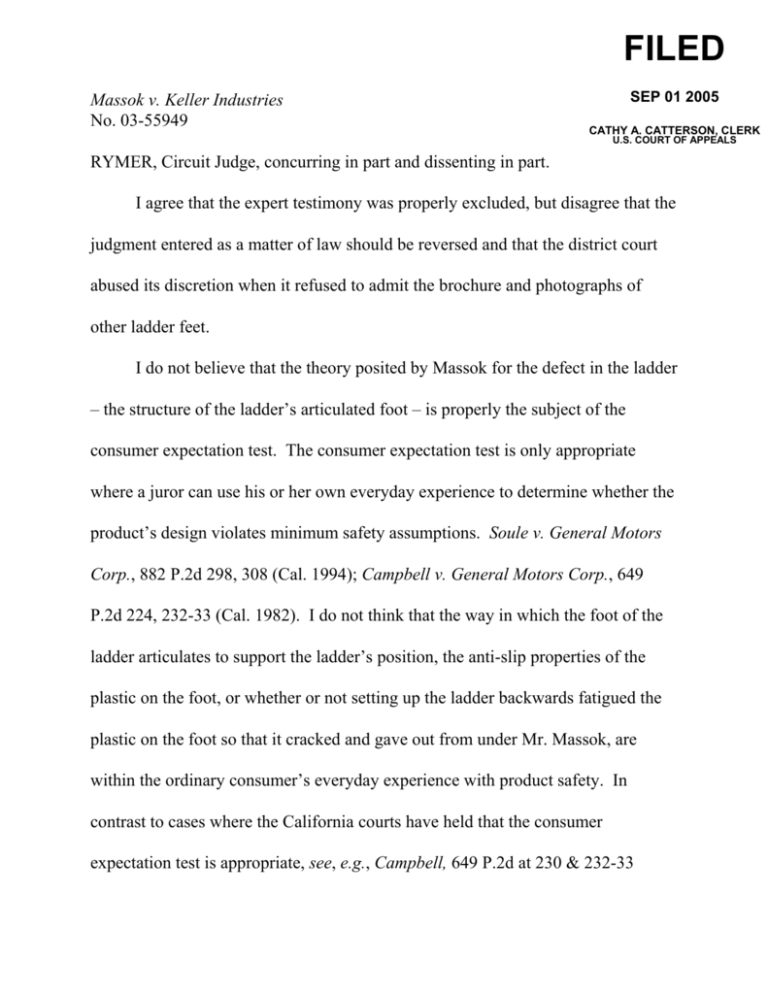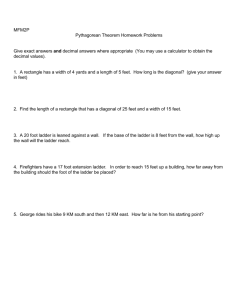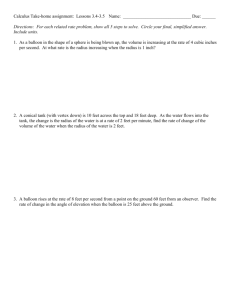Massok v. Keller Industries No. 03
advertisement

FILED Massok v. Keller Industries No. 03-55949 SEP 01 2005 CATHY A. CATTERSON, CLERK U.S. COURT OF APPEALS RYMER, Circuit Judge, concurring in part and dissenting in part. I agree that the expert testimony was properly excluded, but disagree that the judgment entered as a matter of law should be reversed and that the district court abused its discretion when it refused to admit the brochure and photographs of other ladder feet. I do not believe that the theory posited by Massok for the defect in the ladder – the structure of the ladder’s articulated foot – is properly the subject of the consumer expectation test. The consumer expectation test is only appropriate where a juror can use his or her own everyday experience to determine whether the product’s design violates minimum safety assumptions. Soule v. General Motors Corp., 882 P.2d 298, 308 (Cal. 1994); Campbell v. General Motors Corp., 649 P.2d 224, 232-33 (Cal. 1982). I do not think that the way in which the foot of the ladder articulates to support the ladder’s position, the anti-slip properties of the plastic on the foot, or whether or not setting up the ladder backwards fatigued the plastic on the foot so that it cracked and gave out from under Mr. Massok, are within the ordinary consumer’s everyday experience with product safety. In contrast to cases where the California courts have held that the consumer expectation test is appropriate, see, e.g., Campbell, 649 P.2d at 230 & 232-33 (holding expert testimony not required and consumer expectation test proper to determine whether lack of handrail on bus was design defect), Massok’s theories of how his ladder should have performed more safely – involving things such as the coefficient of friction – can only be explained through expert testimony. See Soule, 882 P.2d at 308 & 310 (holding design of car frame, suspension and interior and expectations of performance of those parts of car during collision are outside ordinary experience and understanding of consumer); Morson v. Superior Court, 90 Cal. App. 4th 775, 793 (Cal. Ct. App. 2001) (holding latex glove design not properly subject of consumer expectation test). However, expert testimony is not germane to ordinary consumer expectations. Expert analysis is relevant to the risk-benefit theory, but with Massok’s expert excluded, there was insufficient evidence to establish that the design of the product caused his injury. Barker v. Lull Engineering Co., 573 P.2d 443, 456 (Cal. 1978). Finally, whether adequate warning was given by labels explaining the proper set-up for the Keller model 3116 ladder is immaterial because Massok didn’t read them. For this reason he cannot prove that inadequate labeling of the ladder caused his injury. See Ramirez v. Plough, Inc., 863 P.2d 167, 177 (Cal. 1993); Motus v. Pfizer Inc., 358 F.3d 659, 661 (9th Cir. 2004). 2 The district court did not err when it excluded the Keller brochure as the brochure was not relevant for the purposes of Massok’s failure to warn claim because he never saw the brochure. Since use of the consumer expectation test is not appropriate in this case, any tendency of the brochure to indicate whether setting up the ladder backwards was reasonably foreseeable to Keller is likewise irrelevant. The district court appropriately denied admission of the photographs taken by Massok’s proposed expert David Paul of other Keller ladder feet. Massok provided no information about how Paul acquired these ladders, how their previous owners treated the ladders, or how the cracks documented in the ladders were caused. Massok failed to establish that these photographs were even indicative of past accidents involving Keller ladders. The district court’s evidentiary rulings were therefore entirely appropriate. As I would affirm the district court’s judgment as a matter of law for Keller, I need not address Massok’s argument regarding his right to a trial by jury, as any error was harmless. 3




